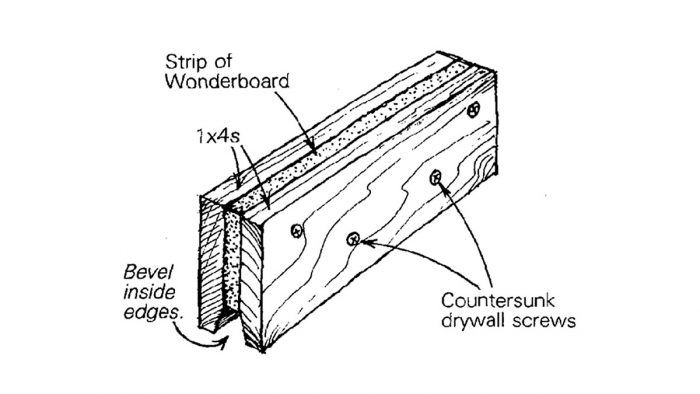
I built a complicated bathroom last year that included a lot of tile. As a setting bed, I used a tile backing panel called Wonderboard. This 1/2-in. thick cement and aggregate panel is faced with a fiberglass mesh. To cut it, one scores the mesh (on both sides is best). Then the panel will break in a manner similar to drywall, and like drywall the resulting edge will be ragged.
Because of the bathroom’s complexity, the Wonderboard edges had to be as close to perfect as possible. I’ve used a Surform plane to smooth a ragged drywall edge, but Wonderboard is so tough that a metal-edge tool would be dulled instantly by it. The tool in the drawing is my solution to this problem. It uses a strip of Wonderboard as a cutting edge. I sandwiched the strip between a pair of 1x4s, and held the pieces together with drywall screws. To ensure friction-free travel along the edge of the Wonderboard, I beveled the inside edges of the 1x4s.
—Mark S. Goldman, Boston, MA
Edited and illustrated by Charles Miller
From Fine Homebuilding #42







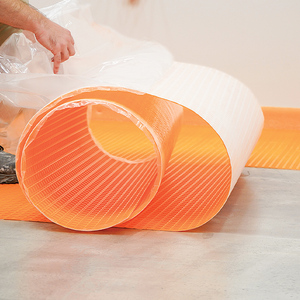
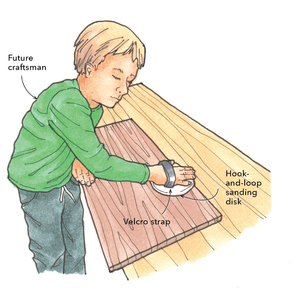






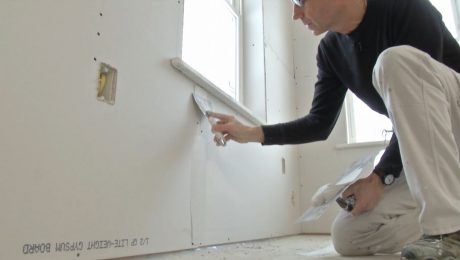
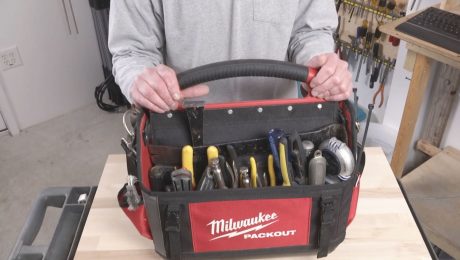

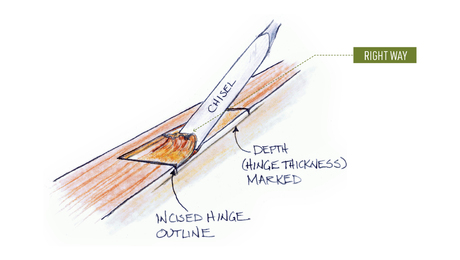










View Comments
I cut it with a grinder with a masonry/ concrete blade (outside wearing a dust mask). Nice square edges which fit tight all roundabout.
Do not use Wonderboard to begin with, use Hardiboard aka Hardibacker.
Hardiboard is 10x easier to cut with a 7 1/2" worm-drive set up
with a masonry blade.
Also use Hardie backer which i find superior to wonder board and use a fiber cement blade to cut it or diamond tools for out of straight cuts
Use Hardie backer i find it far superior to Wonder Board just do a test and pour water over the 2 and see what happens cut the Hardie with a fiber cement blade or for smaller cuts ues any diamond type of tool